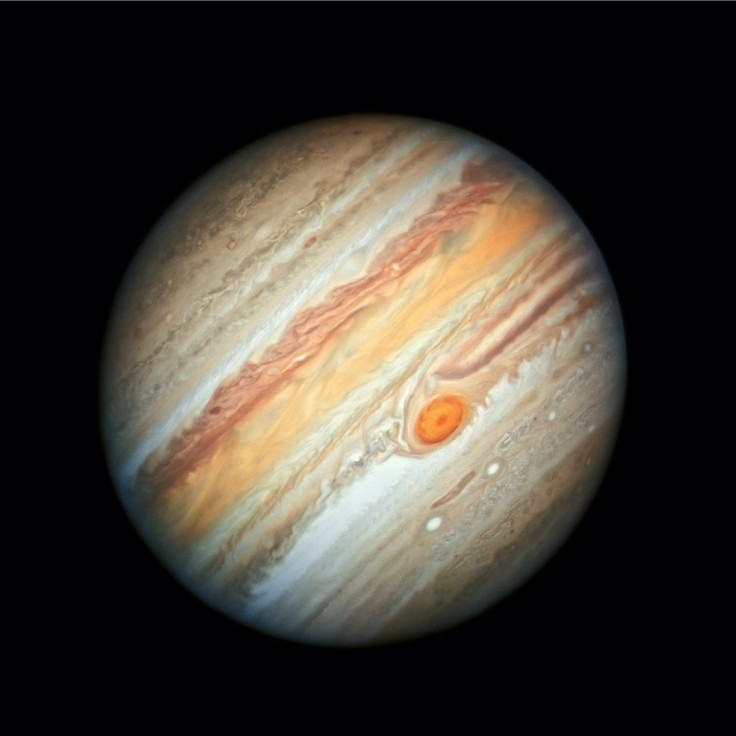NASA Heading To Jupiter’s Icy Ocean Moon In New Mission

NASA has confirmed that it will push through with a mission to visit Jupiter’s smallest moon known as Europa. The space agency selected Europa due to its high potential when it comes to hosting alien life.
Europa is the smallest of Jupiter’s four moons. On the surface, the moon is ice-encrusted but scientists believe Europa holds a subsurface ocean that’s about 105 miles deep.
According to NASA, Jupiter’s gravitational effect on Europa can create tidal forces, which strongly suggests that the moon’s oceans are in liquid form. In addition, due to the heat produced by the gravitational interaction between Jupiter and Europa, the moon may have active volcanic vents on its seafloor.
This theory suggests that Europa’s oceans could be rich in alien life. On Earth, it has been proven that liquid oceans, as well as the existence of volcanic vents, can support a wide range of life forms.
Exploring the oceans of Jupiter’s moon is one of the driving forces behind NASA’s upcoming mission, dubbed as Europa Clipper.
“We are all excited about the decision that moves the Europa Clipper mission one key step closer to unlocking the mysteries of this ocean world,” Thomas Zurbuchen, the associate administrator for NASA’s science mission directorate said in a statement.
For the upcoming mission, the Europa Clipper will carry payloads composed of nine different scientific equipment. These would include different types of imaging systems, mapping instruments and radars. These will be used during Clipper’s flybys on the moon to study its icy structure as well as its oceans.
According to Curt Niebur, the program scientist for the Europa mission, the instruments that the Clipper will carry will help determine the existence of life on Jupiter’s moon.
“This is a giant step in our research for oases that could support life in our own celestial backyard,” Niebur said. “We’re confident that this versatile set of science instruments would produce exciting discoveries on a much-anticipated mission.”
NASA is hoping to launch the Europa mission sometime in early 2023. However, the launch date could be pushed to 2025 depending on the readiness of the space agency.
© Copyright IBTimes 2025. All rights reserved.





















